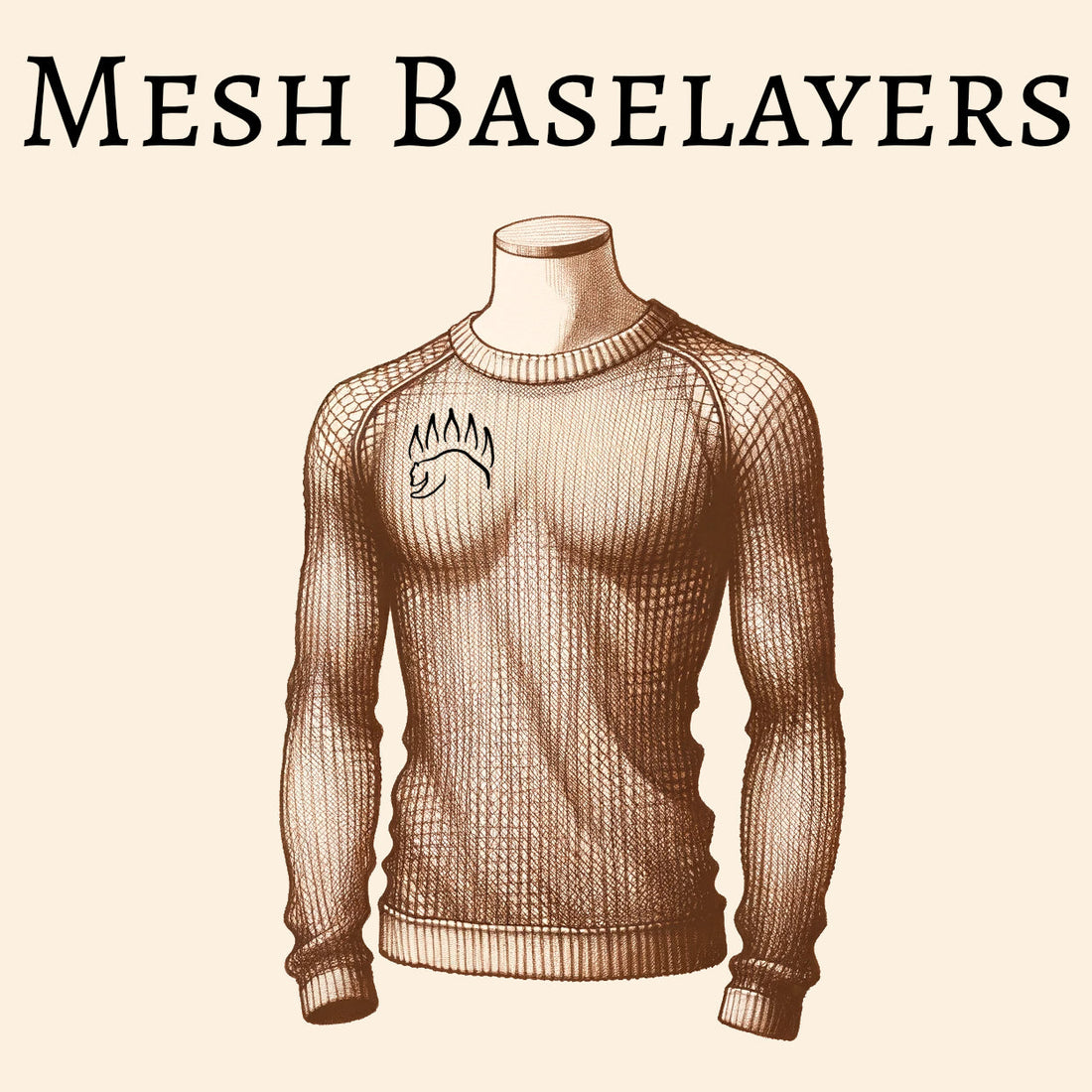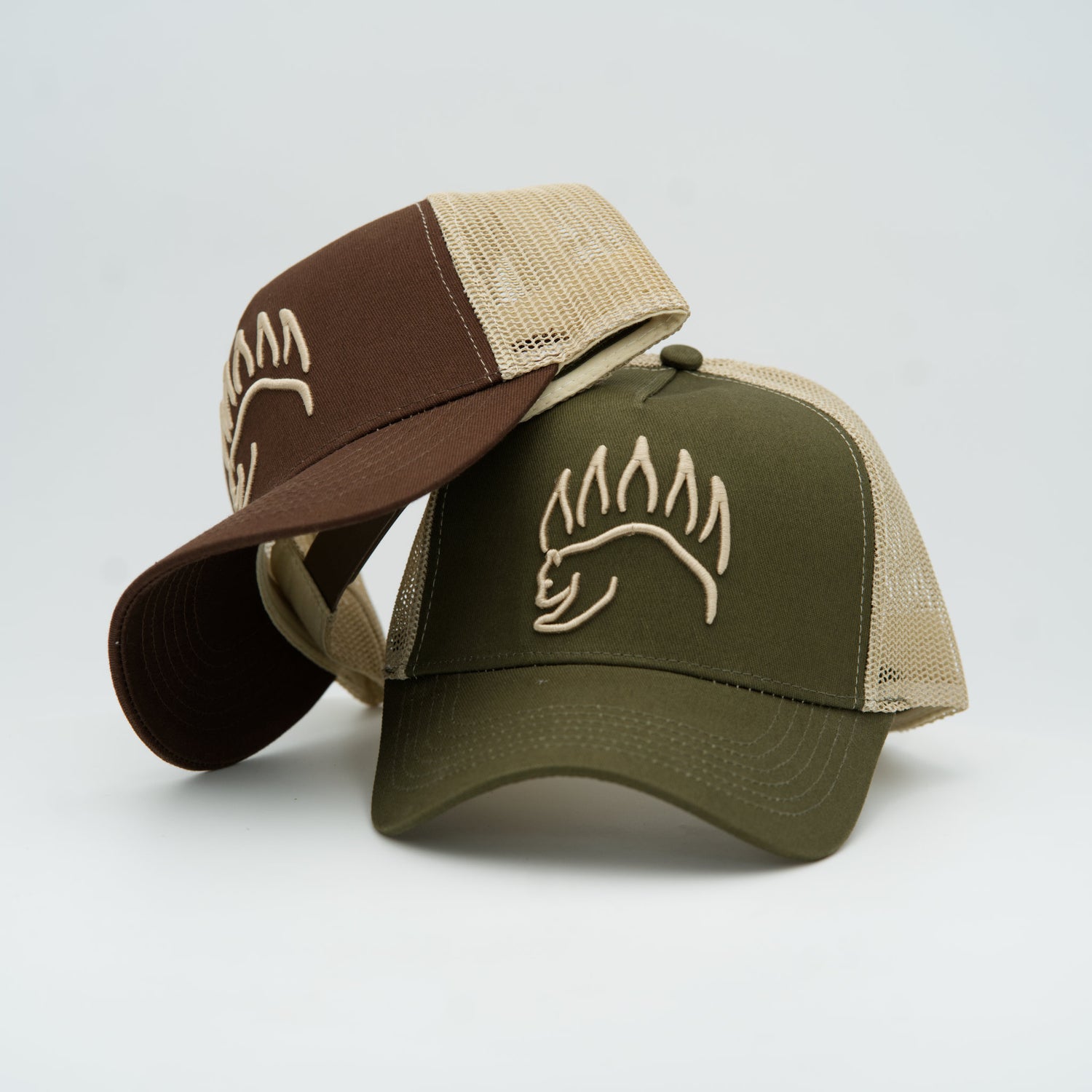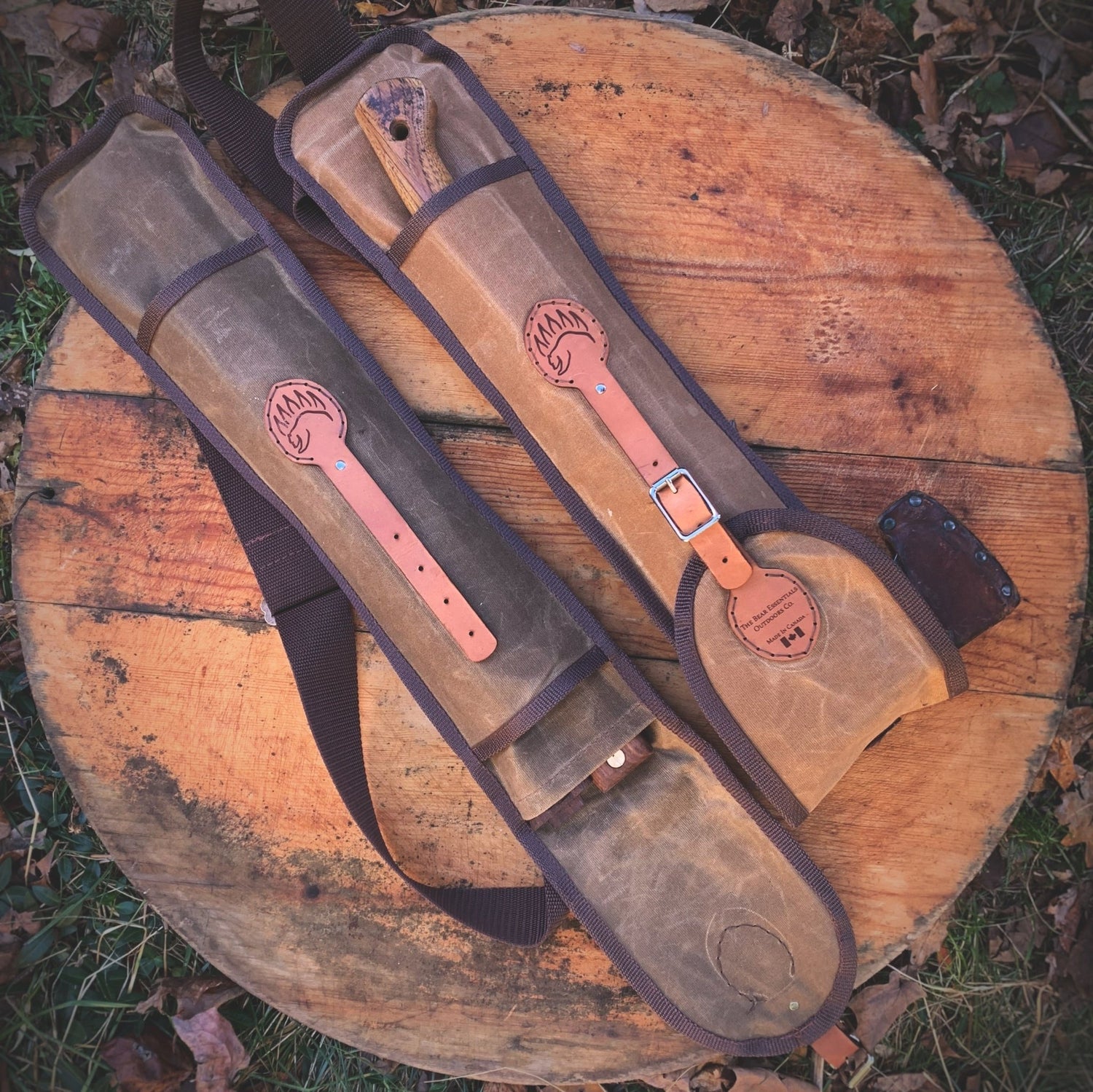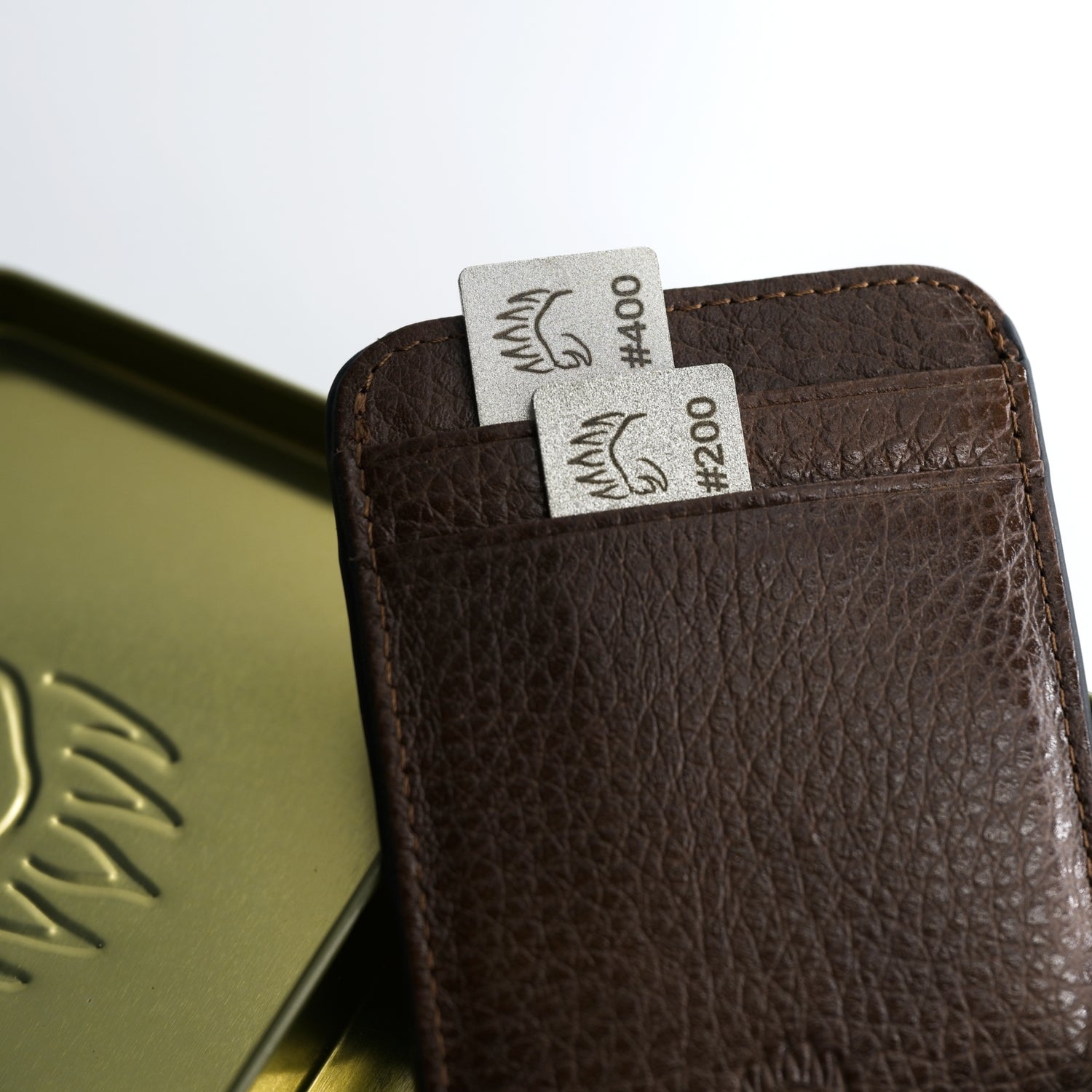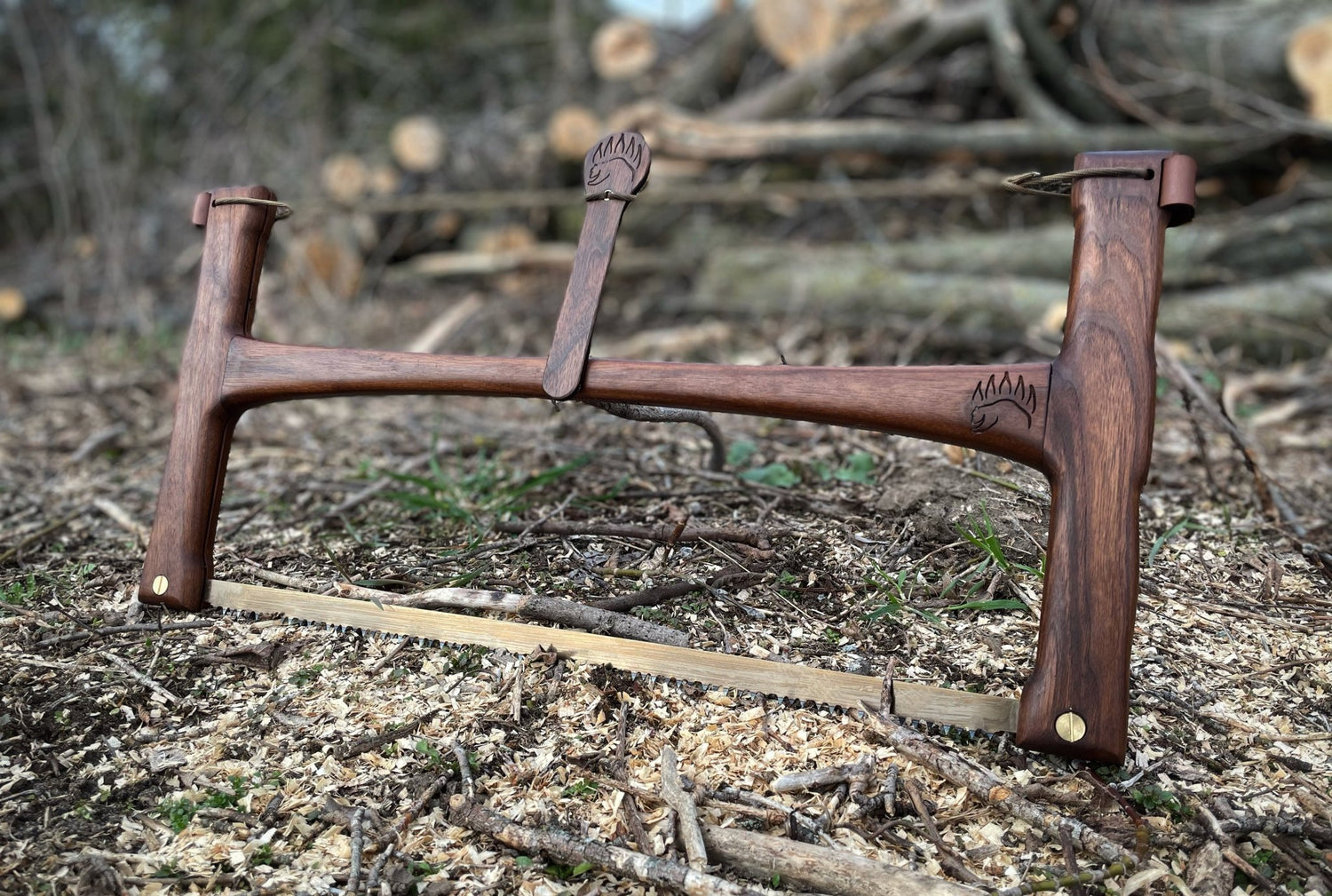You might be surprised to learn that the best baselayer for outdoor activities isn't what you'd typically expect. Forget the conventional - the real game-changer is actually fishnet mesh. Yes, you heard that right - fishnet mesh base layers! This might seem counterintuitive at first, but there's solid reasoning behind it. Trust me..
Mesh Baselayers: The Unconventional Choice
At first glance, the mesh doesn't look warm. It's full of holes, after all, and honestly, it looks like you're more prepared for a Berlin Nightclub than a winter adventure. And that's largely the reason it hasn't been popular in North America since the 80's.
Historical Validation
The use of mesh baselayers isn't new. In fact, it was the choice of Sir Edmond Hillary and Tenzing Norgay for their historic Everest summit in 1953. If it worked for them in such extreme conditions, there's definitely something to it. (Scroll down to see a number of other expeditions in Mesh since then!) ---
---
How Mesh Baselayers Work:
- Moisture Management: Traditional baselayers work like a sponge, absorbing sweat, and then transferring it via evaporation onto the layers above. Mesh, on the other hand, spreads moisture over a larger surface area, allowing it to evaporate faster. It also acts a buffer between your skin and the outer layers, so your skin stays dry! Think of it as the most breathable layer possible. And this is important because wet skin or clothing can make you feel cold up to 25 times faster.
- Avoiding Saturation: During intense activity, traditional baselayers can become saturated with sweat, leading to a chill once you stop moving. Mesh baselayers help avoid this by transferring sweat to the layer above, keeping your skin dry. A mesh base layer, as opposed to a solid knit, has so much circulation and void air space that the sweat doesn't sit on your skin, it evaporates to the layer above.
- Insulation: Despite their open weave, mesh baselayers are effective at trapping warm air, and forming insulation pockets. This method provides more warmth for the weight compared to closed weave layers. This is true for both wool mesh and synthetic mesh.
- Temperature Regulation: The mesh design of mesh baselayers allows for better air circulation, preventing overheating and facilitating rapid cooling when needed.
Why Mesh Over Others?
Mesh baselayers, notably popular in countries like Norway and even used by the Norwegian military, offer distinct advantages. They're not just about warmth; they're about maintaining a comfortable body temperature in varying conditions.
The Study That Proves It
Clothing Systems for Outdoor Activities; a 2013 study highlighted that the type of material (wool vs. synthetic) is less important than the weave type. This study underscores the significance of choosing the right baselayer based on weave, rather than material alone. It's worth a read but I also summarize a lot of the info here.
The Ideal Use Case
The mesh base layer is perfect for activities where you alternate between being active and resting, like skiing, hiking, or wildlife photography. It's about having one versatile layer for active periods and adding a closed weave layer for extra insulation when needed. The combination of mesh and other garments overtop. is honestly one of the best. I typically use this format:
| Temperature Range (°C) and (°F) | Suggested Layering for High Activity | Suggested Layering for Low Activity |
| Cold +10 to 0 (°C) +50 to +32 (°F) |
Mesh baselayer warmth + (Optional Vest or Light Insulating Layer) + Shell jacket |
Mesh baselayer warmth + Insulating Layer + Shell Jacket |
| Sub Zero 0 to -10 (°C) +32 to +14 (°F) |
Mesh baselayers + Closed weave baselayer + (Optional Vest or Light Insulating Layer) + Shell jacket |
Mesh baselayer + Closed weave baselayer + Thick Insulating Layer + Shell Jacket |
| Freezing -10 to -20 (°C) +14 to -4 (°F) |
2x Mesh baselayers + Closed weave baselayer + Breathable Insulating Layer + Shell jacket |
2x Mesh baselayer + Closed weave baselayer + Even Thicker Insulating Layer + Shell Jacket, or Insulated Shell |
| Intense Cold Colder than -20 (°C) Colder than -4 (°F) |
3x Mesh baselayers + Closed weave baselayer + Breathable Insulating Layer + Shell jacket |
3x Mesh baselayer + Closed weave baselayer + Thick Insulating Layer + Shell Jacket, or Insulated Shell (Expedition-Grade) |
The Great Debate: Merino Wool vs. Synthetic Mesh Baselayers
Hey there, outdoor buffs! Let's talk about a crucial choice in your gear selection: picking the right material for your mesh baselayer. It's not just about the weave; the fabric matters too. We're looking at merino wool vs. synthetic – each has its perks!
Merino Wool: The Natural Choice
- Temperature Regulation: Merino wool is a natural temperature regulator. Perfect for those fluctuating outdoor temps.
- Odor Resistance: Planning a multi-day trek? Merino's your friend. It naturally resists odors, keeping you fresher for longer.
- Softness and Comfort: Unlike traditional wool, merino is super soft. No itchiness, just pure comfort.
Synthetic: The High-Tech Contender
- Quick Drying: Synthetic fibers excel in wicking away moisture and drying super fast. If you're in wet conditions, this is a big win.
- Durability: These materials are tough. If you're rough on your gear, synthetic can take the beating.
- Cost-Effectiveness: Generally, synthetic options are more wallet-friendly. Great for those watching their outdoor gear budget.
Making the Choice
Think about your needs. Are you going for multi-day hikes where odor control is key? Lean towards Merino. Need something that dries quickly and can handle a lot of wear and tear? Synthetic's your go-to.
Remember, it's not just about staying warm; it's about staying smart with your gear choices. Whether you pick merino or synthetic, mesh baselayers are a solid choice for any outdoor enthusiast.
Conclusion
Mesh baselayers offer a unique combination of warmth, moisture management, and versatility. They might just be the unsung hero of outdoor gear, especially for those seeking comfort and performance in varying conditions. Give them a try, and you might be pleasantly surprised.
FAQ Section
Q: Isn’t Mesh too cold for winter activities? A: Contrary to what you might think, mesh baselayers trap warm air and provide excellent insulation, making them suitable for cold weather.
Q: How does mesh handle moisture compared to traditional baselayers? A: Mesh spreads moisture over a larger area, allowing for quicker evaporation and keeping you drier than traditional baselayers.
Q: Can mesh baselayers replace my current ones? A: Yes, they can be an excellent replacement, especially for active outdoor activities.
Q: Are they suitable for all outdoor activities? A: Mesh baselayers are ideal for activities involving varying levels of exertion, like hiking and skiing.
Q: How do they compare in terms of weight and warmth? A: Mesh baselayers offer more warmth for their weight compared to traditional closed weave layers.
Q: Can I wear them in summer? A: Absolutely, they’re great for summer activities due to their excellent moisture management.
Q: Are they durable? A: Yes, mesh baselayers are typically quite durable and resistant to wear and tear.
Q: How do they fit under other layers? A: They fit comfortably under other clothing layers, without adding bulk.
Q: What about care and maintenance? A: Mesh baselayers are generally easy to care for, similar to other synthetic garments.
Q: Where can I buy them? A: They are available at various outdoor and sporting goods stores, as well as online.
Notable Expeditions in Mesh Base Layers!
Alright, gear heads and adventure junkies, let's roll through some of the most mind-blowing expeditions where mesh base layers were front and center: Alright, gear heads and adventure junkies, let's roll through some of the most mind-blowing expeditions where mesh base layers were front and center:
- 1953: Picture this: the mighty Mt. Everest. Now imagine being the first to conquer it! That's what legends Sir Edmund Hillary and Tenzing Norgay did. Total bosses.
- 1993: These guys went to the South Pole unarmed! Talk about guts – Harald Hauge, Cato Zahl Pedersen, and Lars Ebbesen just went for it.
- 1998: North Pole Express, anyone? Sjur Mørdre and Lars Ebbesen took that ride. Chills just thinking about it!
- 2001: Rolf Bae and Eirik Sønnerland crossing Antarctica. They skied further than anyone had until 2006. Talk about setting the bar high!
- 2004: Shoutout to Randi Skaug, the first Norwegian woman to crush Mt. Everest. Trailblazer? Absolutely.
- 2005: Liv Arnesen and Ann Bancroft rocking the South Pole. These women redefine tough.
- 2010: Christian Eide, fastest solo guy to the South Pole. Speed demon? For sure.
- 2012: Teodor Glomnes Johansen, the youngest to cross Antarctica. Youth power in action!
- 2013: Juan Menendez Granados, cycling across Greenland. That's one way to beat the traffic!
- 2014: Juan's back at it, cycling solo & unsupported to the South Pole. The man's a machine!
